Elsa Hewitt on sampling and remixing her own music
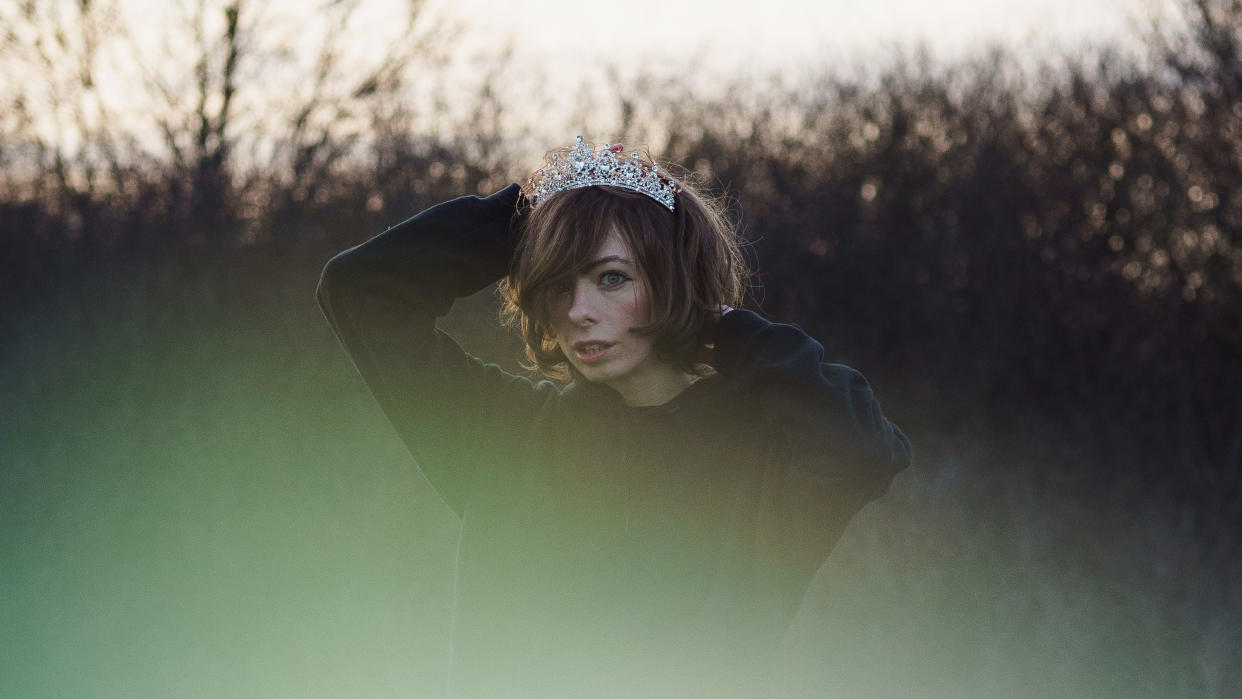
Elsa Hewitt’s music is a kaleidoscope: the closer you peer into it, the more you begin to notice complex shapes and intricate patterns beneath its shifting layers.
Obscuring her ethereal vocals in a haze of warped synths and samples, the British artist crafts hypnagogic beats that feel like a half-forgotten dream, its narrative thread vanishing from memory to leave behind a deep emotional resonance.
Hewitt has been exploring this musical space for more than a decade, progressively revealing new layers of her artistry with each release. Her singular sound collides dream-pop with experimental electronica, its introspective lyricism met with densely textural sound design, producing songs that feel somehow both abstract and deeply personal.
Her latest project is Chaos Emeralds, an album crafted across four years, begun during the pandemic lockdowns in her South London home before the artist ventured north to find solace in solitude.
Across its twelve tracks, Hewitt sings over an elaborate collage of nebulous synths, treated field recordings, and beats that knock in unexpected time signatures, their odd metres heightening its disorienting, lysergic feel: this wandering, wondrous music is some of the artist’s best yet.
We caught up with Elsa Hewitt to find out more about the making of Chaos Emeralds.
When did you start making music, and how did you first get started?
“I started music when I started playing guitar around 2003. I had a difficult time starting secondary school, due to what felt like an implosion of sadness and shyness and I sort of lost the ability to communicate anything at all. I literally couldn't speak.
“I had to move schools to have a fresh start, but by the time I started at a new school I had somewhat transformed, thanks to songwriting. As soon as I started playing guitar I started making up my own chords, automatically going in search of the notes and feels that resonated for me, and songs began flowing out with ease. It completely changed my life. I very quickly became devoted to it as it seemed to provide more substance and strength than anything else could. I would write a handful of songs per week for many years to come.
“My guitar teacher at the new school was very enthusiastic about my writing and arranged the lessons so that I would be able to focus more on that than learning pieces. I ended up taking my guitar lessons with the boy who waited at the same bus stop as me, and we formed a band which continued until I left home at 21.”
Tell us about your studio/set-up.
“My recording setup consists of a few different microphones. sE V7, Aston Spirit, Rode NT1, LOM, Zoom H2N, a tube amp and a Yamaha MT400 four-track, which is how I started recording my songs many years ago. I have some pedals such as the Pigtronix Infinity Looper, TC Electronic chorus, delay, tone and harmonizer. I have a lovely unbranded electric guitar, a nylon string, and an Alesis Micron which I used to write songs and program beats before I started using a DAW.
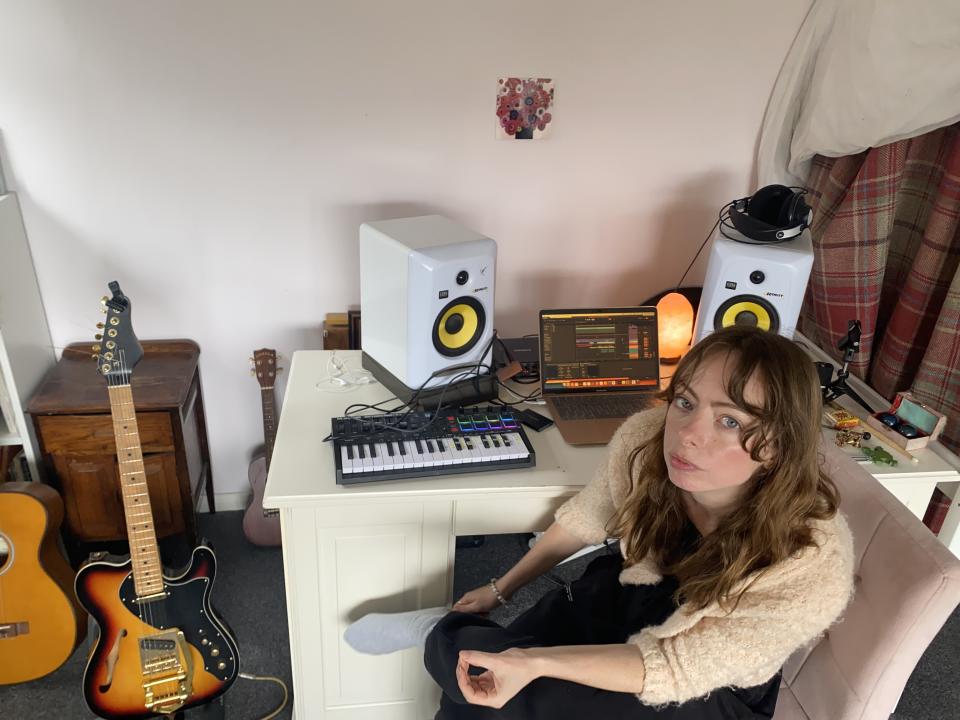
“I have an M-Audio MIDI keyboard, then I’ve got other MIDI controllers like an Akai MPD26 and a Roland MIDI foot pedal. I have a Roland SP404 MK2 as well as my first edition SP404, and a chest of drawers filled with instruments and percussion. And of course my computer, with Ableton 11 currently, and a whole host of plugins. I also currently have a pretty big old Yamaha organ in my possession, which is a lot of fun.”
What DAW (or DAWs) do you use, and why did you choose it?
“I chose Ableton because I was already somewhat familiar with it. I got a bit better acquainted with it while I was doing a year abroad in France. I was meant to be studying at Le Mirail for part of my degree, but instead I succeeded in finding new friends, playing gigs, writing songs and listening to a lot of music. I had a jam with my neighbour who was a DJ - he had Ableton set up with a keyboard and MPD. After learning a couple of things I was enticed.
I felt an affinity with it, as I could clearly see how quick and easy it would be to make beats and actualise the ideas that were rapidly forming in my mind
“You could say I felt an affinity with it, as I could clearly see how quick and easy it would be to make beats and actualise the ideas that were rapidly forming in my mind. There was definitely no deliberation - when I got back to the UK one of the first things I did was find someone who could install a crack of it. I was able to replace that with a legit version before long though, luckily.”
What one piece of gear in your studio could you not do without, and why?
“The Pigtronix Infinity Looper, because I get so much enjoyment out of jamming with it. I know it very well and have made so much music with it both in the studio, on stage and on air, so it also has a lot of sentimental value. When I moved to London it was one of the first bits of kit I bought, courtesy of a Future Bubblers x HMUK grant towards new equipment.”
What's the latest addition to your studio?
“I got a Rode NT1 and an SP404 MK2 around the same time. I wanted a very flat and clean-sounding microphone for my vocals, and that mic has definitely delivered. I got the new SP as I missed using my old one, which is a bit battered and broken. I also wanted to make a new live set that doesn’t require a computer and is compact enough to easily travel with. I’m also using it in combination with my looper, guitar, keyboards etc.”
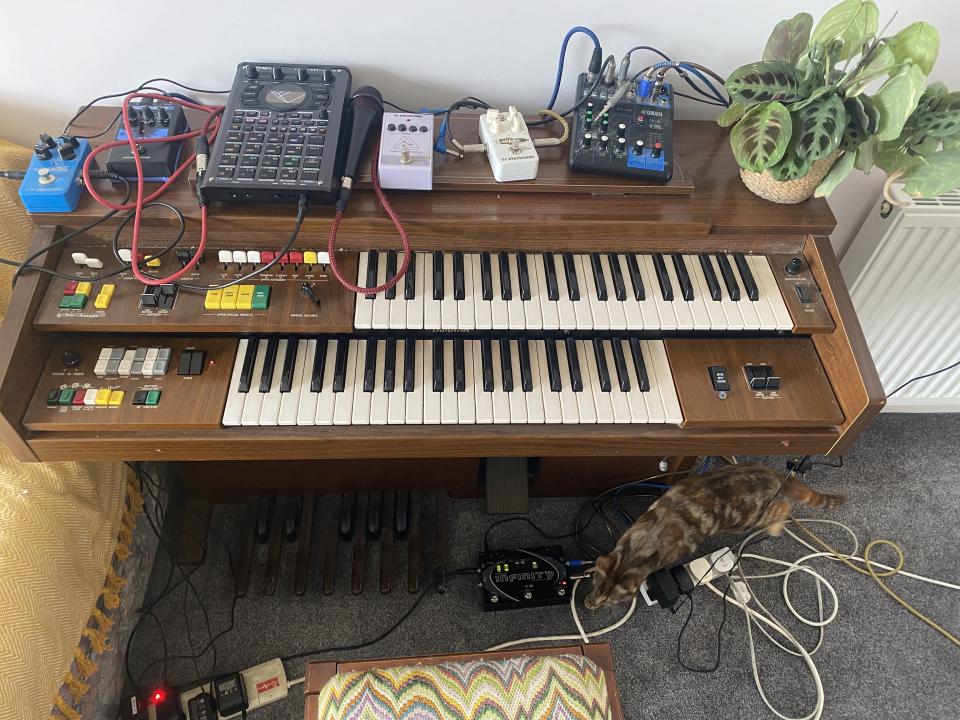
What dream bit of gear would you love to have in your studio, if money was no object?
“I would love to have some really posh preamps and compressors, as well as a vintage microphone or something. Then there’s obviously the appeal of modular synths, I haven’t done much research into them but I would love a Buchla, or an ARP 2500, if I had the space.”
You’ve said in the past that your music-making methods were initially inspired by trying to “remix yourself”. Does that approach still play a role in your creative process?
“Remixing my own songs was a natural stage in the progression of my music-making. I started doing it because I just wanted to chop stuff up and make beats, and my songs made the perfect source material. To this day I still see it as a reliable approach - sometimes I write an entire song or compose a whole piece just to then sample it after.
“In 2014 I did a jam layering a guitar loop with loads of claps through a cheap dynamic mic on a really basic looper, and I turned this into a song called Kings Cross using my SP404, and later remixed that into Golden Moment, which I then later remixed into the tracks Things To Say and KXRM.”
Could you let us in on a specific production technique that you often use that you feel contributes to your overall sound?
“Resampling has to be one of the biggest contributors. Exporting a processed sound and then processing it again. I also like to listen to an improvisation or a field recording and extract rhythmic moments from them - I listen out for a hook, a natural rhythm, or an organic shape, something that catches the ear, and this will often form a key element of a track.”
When approaching a new track or project, where do you typically start?
“I usually start with playing and improvising. Essentially, setting up an instrument or combination of elements and then exploring it. Pressing record and losing myself in playing it. If I can get into a flow state then something will emerge.”
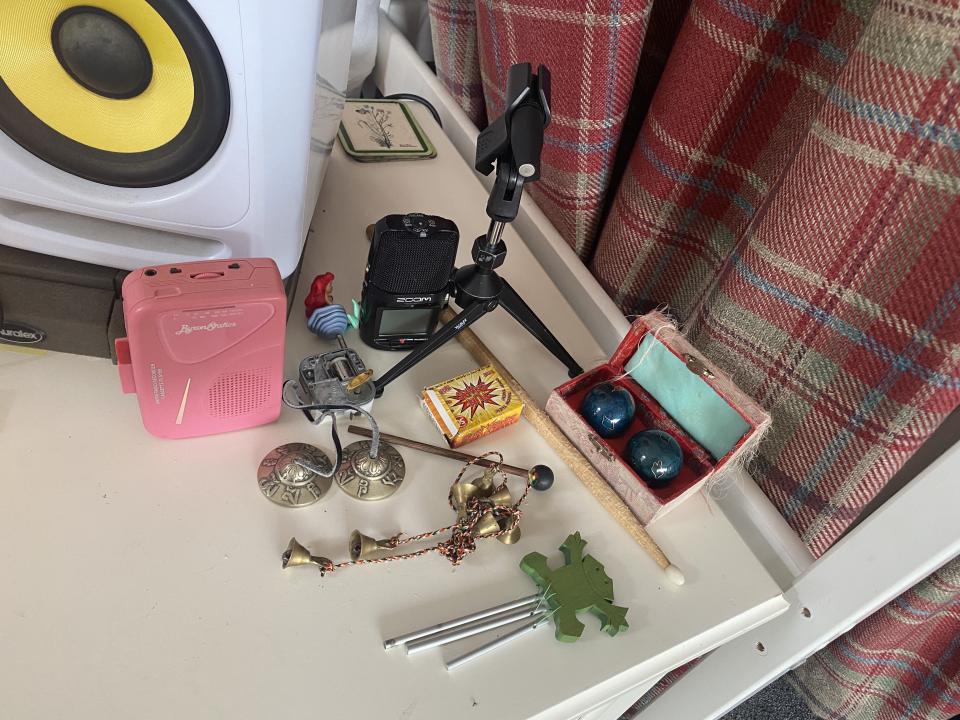
Tell us about how you approached the production on Chaos Emeralds. Did you experiment with any new techniques or methods on this project?
“I was further experimenting with making beats in unusual time signatures, as well as using sounds from my immediate environment. I was very honed in on capturing moments happening around me. It was the lockdown when I got into it so I was suddenly so captivated by nature, people, everything happening and within my awareness.
“This was aided by the reduction in traffic; so much became noticeable and clear, and often humorous. In many ways I was putting together pieces of chaos, or what felt like chaos, and creating harmony out of it. In terms of the technical aspect, I was using a contact mic and probably some new plugins, but the main difference was my mindset.”
Tell us about one artist or track that’s inspired you the most as a producer and musician?
“Everything you encounter is stored in the subconscious, and I certainly find that I can’t consciously remember a lot of things that I’ve seen and listened to, but that the relevant pieces get called out at certain moments. So there is a long line of diverse inspiration and influences running back to the day I was born, when my parents were rotating a selection of cassette tapes that included Jon Hassell’s Fourth World Vol. 1: Possible Musics.
READ MORE
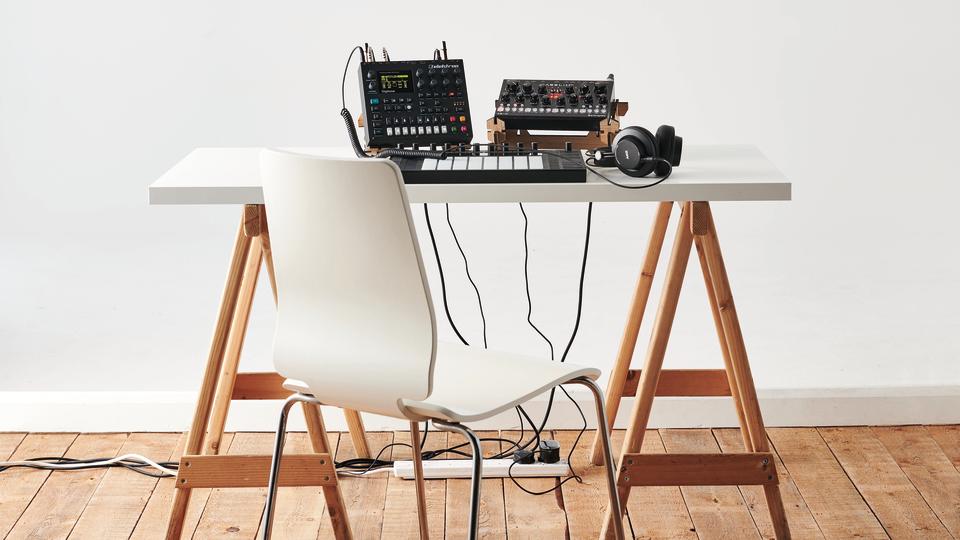
Less is more: the beginner's guide to minimal dance music
“After some thought, I have chosen to mention Christopher Rau, as he and others of that niche were very inspiring to me in the time leading up to the start of my electronic production era. It was this very minimal and gentle techno with samples that sounded like the kind of thing I played myself, that was simultaneously calming, dreamy, uplifting and motivating.
“Also I discovered Sofie Birch around 2020, when I was doing monthly mixes and improvised jams on my show on Netil Radio. I think the spirit of her music resonated a lot and inspired me to venture further into ambient improvisation, which is something I found myself publicly developing via the radio show.”
What are you currently working on?
“My album Dominant Heartstrings. In a way, it’s the new ambient one, following on from Quilt Jams which was predominantly guitar loops, and Ghostcats which was vocal harmonies and synths. This one is built from guitar loop jams initially, but there is a strong sound design dimension to it, with some bursts of vocals. It’s a great one for rolling around on the floor - I’ve pretty much finished it now and release plans are well underway.”
Elsa Hewitt’s Chaos Emeralds is out now on Tompkins Square.
Elsa Hewitt's three production tips
1. Have regular breaks and listen back on different devices
“Sometimes I have long breaks, sometimes short ones. It’s just important to rest your ears and keep refreshing your perspective. Referencing other listening modes like laptop speakers, iPod headphones, hi-fi, or the car is very helpful for noticing things.
“If you’re stuck with a track, struggling to work something out, stop thinking about it and do something mechanical which doesn’t involve any thought or taking in information, such as exercise, preparing food, cleaning, playing with your cat, or even just lying down and completely relaxing - that’s my favourite, it works for me every time. Neutral time is an essential element to flow. It creates the space needed for ideas and inspiration to land.”
2. Weed out the clashing frequencies and perform EQ surgery
“If you end up with a lot of layers in your track, which happens to me all the time, and it sounds too convoluted or crowded, create more breathing space for everyone. Aside from eliminating everything that doesn’t need to be there, try to find the clashing frequencies, or the parts and groups that have a lot of the same frequencies, and make some EQ dips in the appropriate places. It’s helpful to play around with the mid/side EQ and panning to help in these instances.”
3. Drop a recording over the track in a random place
“It’s amazing the patterns that we can create through seemingly random combinations of elements. I often drop a recording on the track randomly and listen through to see what kind of unexpected rhythms and harmonies jump out at me. I do this with field recordings, or two separate jams in the same key, and have had many unexpected delights come out of it. Attempting to marry two disparate things can present a challenge and create surprising results.”

 Yahoo News
Yahoo News 
